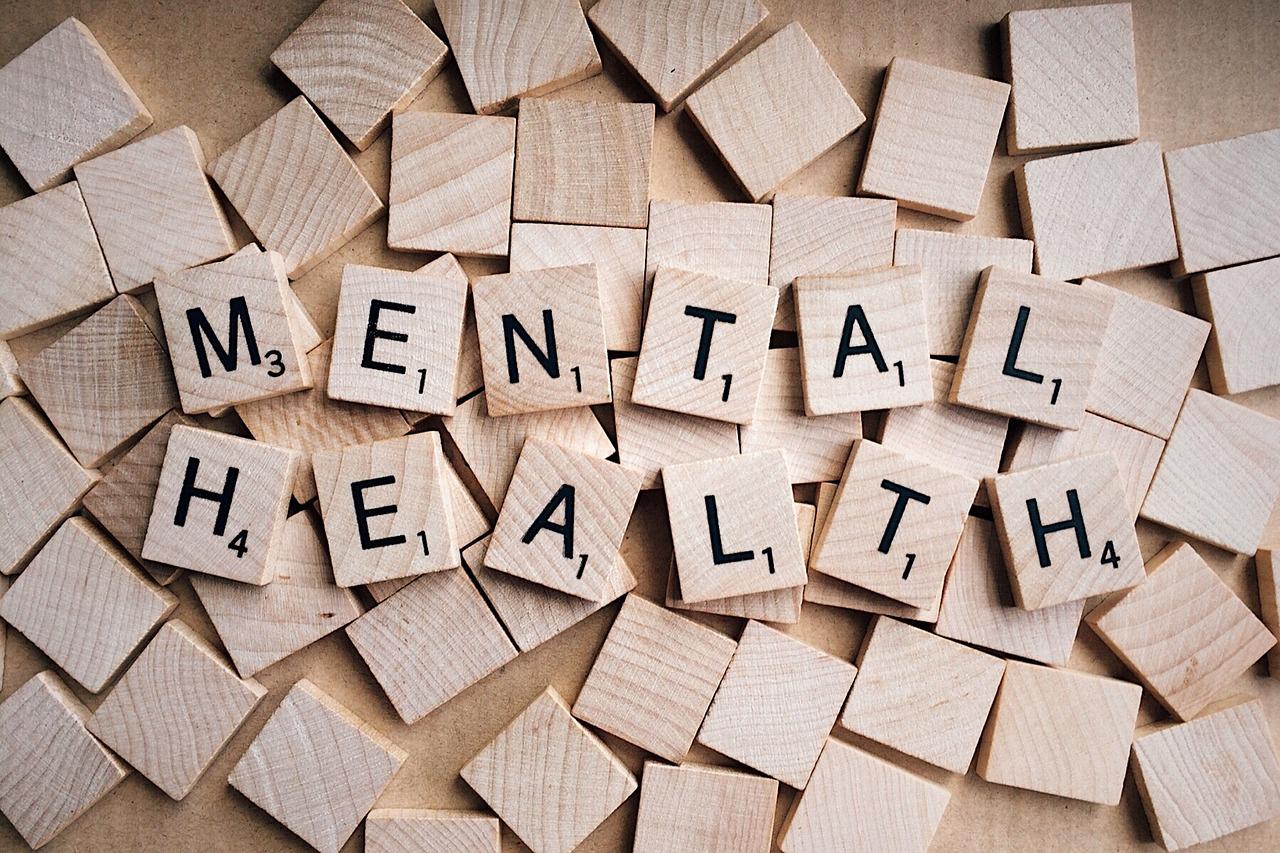Mental health is a state of emotional and social well-being. It is the absence of mental illness and emotional distress.
Mental health problems are common in both children and adults, but they can be prevented or treated. Mental illness is a diagnosable medical condition that disrupts a person’s thinking, feeling, mood, ability to relate to others, or daily functioning.
Mental health problems are common in children and adults. But they can be prevented or treated.
What is the role of mental health in education?
Mental health problems are common among students, and schools are best positioned to identify and support students who are having challenges due to mental health issues. Schools provide a unique opportunity for the identification, intervention, and treatment of many mental health issues. Students who experience anxiety disorders, depression, conduct disorder, and substance abuse often exhibit disruptive classroom behavior that impacts learning for all students. School employees must be aware of the warning signs so they can refer students to appropriate school personnel or community resources as needed.
The Growth of Mental Health Services in Schools and Why It Matters
Mental health services in schools have grown exponentially in the last few years. With more and more students facing mental health issues, they must be provided with the necessary support.
In recent years, there has been a significant increase in mental health services in schools. As a result, mental health counseling and psychology services have become more common than ever before. This is because there has been an increased awareness of the importance of emotional wellness for children and adolescents.
As a result, many school mental health services are now available to give students the help they may need. But not all the states have school mental health policies in place.
There are many different types of school-based mental health services that schools can implement for their students.
How Schools Have Started to Address the Issue with New Programs & Services
Schools have started to address the issue of student mental health with new programs and services. They are trying to make sure that students can maintain their emotional well-being and get the help they need.
To create a school environment that is conducive to learning, there must be a system in place that deals with any mental health issues that may arise. For example, if certain students are struggling with their mental health and are displaying signs of self-harm, the school should be able to identify this and take action before it gets worse. Also, students can get help through support programs as they come up with coping mechanisms for stressful situations. Some schools have programs in place that look similar to Alcoholics Anonymous meetings; anyone can attend these meetings and discuss their problems openly.
Some schools have introduced an emotional well-being program for students, which provides a range of mental health services and resources for all students from kindergarten to grade 12.
There are also many other student welfare improvements happening in schools, such as peer support groups, increased access to counseling services, and more funding for school counselors.
Some of the most common services include:
– School-based mental health services
The benefit to pupils of a dedicated school-based mental health service includes early identification of mental health challenges and treatment options. Practitioners also build relationships with other agencies and develop integrated services.
– Peer groups and support groups
These peer groups help young people to make sense of their difficulties and reduce social isolation.
– Skills-based groups – including CBT, education, relaxation groups, and mindfulness
These help pupils with mental health conditions to develop skills that can be used in the classroom and outside of it. For example, relaxation techniques can be used in the classroom during times of stress.
– Mental health first aid training
Mental Health First Aid teaches participants how to identify signs and symptoms of distress, strategies for stabilizing an emergency situation, how to motivate a person toward appropriate help-seeking, ways to encourage appropriate professional treatment, and where to refer for further assistance.
– Counseling services
Crisis counseling provides immediate support to kids and adolescents through crisis intervention, individual counseling, group therapy, and educational programs. Crisis intervention seeks to prevent the full-blown disorder. In addition, counselors have direct contact with a student’s family for intervention and referral for appropriate services.
– A school psychologist or pediatric psychologist
School psychologists assess, diagnose, and treat students. They are professionals with doctoral degrees or equivalents and many years of experience as professionals in schools. They often work with families and other agencies such as child guidance centers.
– A school social worker
School social workers help to increase student success by addressing learning, behavioral, social, and emotional needs that may interfere with a student’s ability to excel in school. School Social Workers are master’s degree holders with specific training in mental health disorders. Usually, they coordinate mental health services for the schools they serve and support the development of an Individualized Educational Plan (IEP).
As you can see, many different services can be incorporated into a school’s mental health program. And with so many resources available, such as prevention and intervention programs, it’s important to know which ones may work well in a specific setting. It is vital to know what resources are available in your area and how they could be beneficial to your students.
# Ways that a Student’s Mental Health Impacts their Education
Difficulty in concentrating
The first is that students with low mental health may not be able to focus on their studies. This is due to their mental state and the effects of the illness. Students who are struggling with an illness may find it difficult to sit still, stay identified with their work, and focus on the task at hand. These students might also have difficulty completing their homework assignments because they’re too stressed or anxious.
Isolation
The second is that students with low mental health may not be able to participate in activities or discussions in class. This can lead to them being left out, which can cause them more stress and anxiety. This can also lead to their grades taking a hit, which could lead to them being left out. This will contribute to their low mental health and could lead to the student being left out.
Lack of motivation
The third is that students with low mental health may not have any motivation to study or doing homework. This can lead to them getting lower grades or even failing classes. They may be too stressed or too worried to study or do their homework. This can also lead to them getting kicked out of extracurricular activities. Not being involved in these activities can cause the student to become more isolated and withdrawn. This will contribute to their low mental health. This can lead to worse grades and even dropping out of school.
Indulge in risky behavior
The fourth is that students with low mental health may engage in risky behavior while they are at school. This can lead to them getting into fights, smoking cigarettes, and using drugs. This could lead to them getting kicked out of school. Also, risky behavior can lead to self-harm or the student hurting themselves in any way.
Attempt suicide
The fifth is that students with low mental health may commit suicide. They may be so distressed that they don’t know what else to do but kill themselves. If a student does commit suicide, it would be devastating for the school community.
In conclusion, having a student’s mental health affect their education has many negative consequences for both the student and the school system as a whole.
How to Improve pupils’ Mental Health
The purpose of this plan is to improve pupils’ mental health with healthier living habits. It is important to note that physical activity, mental stimulation, and stress management are all important factors in the development of a healthy lifestyle.
Schools should be able to provide a safe environment for pupils to learn and grow. The school environment should be healthy, secure, and supportive. Teachers, who are essential to the quality of education within a school, can be trained to recognize mental health issues and how these issues affect each pupil in the classroom differently. For example, some pupils experience obsessive-compulsive disorder (OCD) as a fear of germs or an overwhelming fear that something terrible will happen. This could cause the student to stay home and miss school if they think something bad will happen to them while they are in school.
Schools should also provide a healthy living plan for pupils who are struggling with their mental wellness. Students experiencing more serious mental health illnesses, for example, depression or anxiety, should have access to medication and therapy. The student should have a plan in place to help them cope with their mental health issue and provide an outlet for them to discuss their feelings openly. This could be beneficial because the student would feel comfortable in class when they are discussing issues openly.
The importance of regular physical activity
Schools can also provide a healthy living plan that focuses on physical activity. Schools can provide physical education classes for pupils in grades K-12 and extracurricular clubs and sports teams for older students. Pupils who excel at physical activities may build self-confidence that will help them cope with stressful situations. Physical activities also help to increase concentration, which will help prevent mental health issues related to inattention and hyperactivity.
Good mental stimulation
Schools can also provide mental stimulation so that pupils can stay focused on their projects or assignments in class. This would allow the pupils to feel less anxious about the future because they know they will have some sort of outlet.
Self-care tips to reduce stress
Schools can also provide pupils with stress management tools so they can use them in any situation. Schools can provide pupils with stress management games, relaxation techniques, and breathing exercises to help them reduce their stress.
Teachers and Counselors should be able to meet the needs of all of the students in their school. The school environment should be healthy, secure, and supportive for all. Teachers can be trained in mental health issues and how these issues affect the class differently.
The Benefits that Schools are Seeing from Positive Youth Development
It is important to provide youth with the opportunity to explore and discover their passions in life.
The benefits that schools are seeing from Positive Youth Development programs are clear. For example, a student who has been engaged in a youth development program will be more likely to graduate from high school and go on to college or university. They will also have better mental health, be less likely to engage in risky behaviors, and be more likely to volunteer for community service. Positive Youth Development (PYD) is also a great way to provide students with the right amount of mental stimulation.
It is important to note that physical activity, mental stimulation, and stress management are all important factors in the development of a healthy lifestyle. When the student has an issue with stress, it can cause them to be more anxious, depressed, and tired. This would limit their life choices because they’re scared of what may happen.
The school can provide a healthy living plan for pupils who are struggling with their mental wellness. The student should have a plan in place to help them cope with their mental health issue and provide an outlet for them to discuss their feelings openly. This could be beneficial because the student would feel comfortable in class when they are discussing issues openly.
Schools could also provide a healthy living plan that focuses on physical activity and wellness.
Schools should be able to provide a safe environment for pupils to learn and grow. The school environment should be healthy, secure, and supportive. Teachers, who are essential to the quality of education within a school, can be trained to recognize mental health issues and how these issues affect each pupil in the classroom differently. For example, some pupils experience obsessive-compulsive disorder (OCD) as a fear of germs or an overwhelming fear that something terrible will happen.












Pingback: What Are The Health Benefits of Power Naps? - Billboard Health